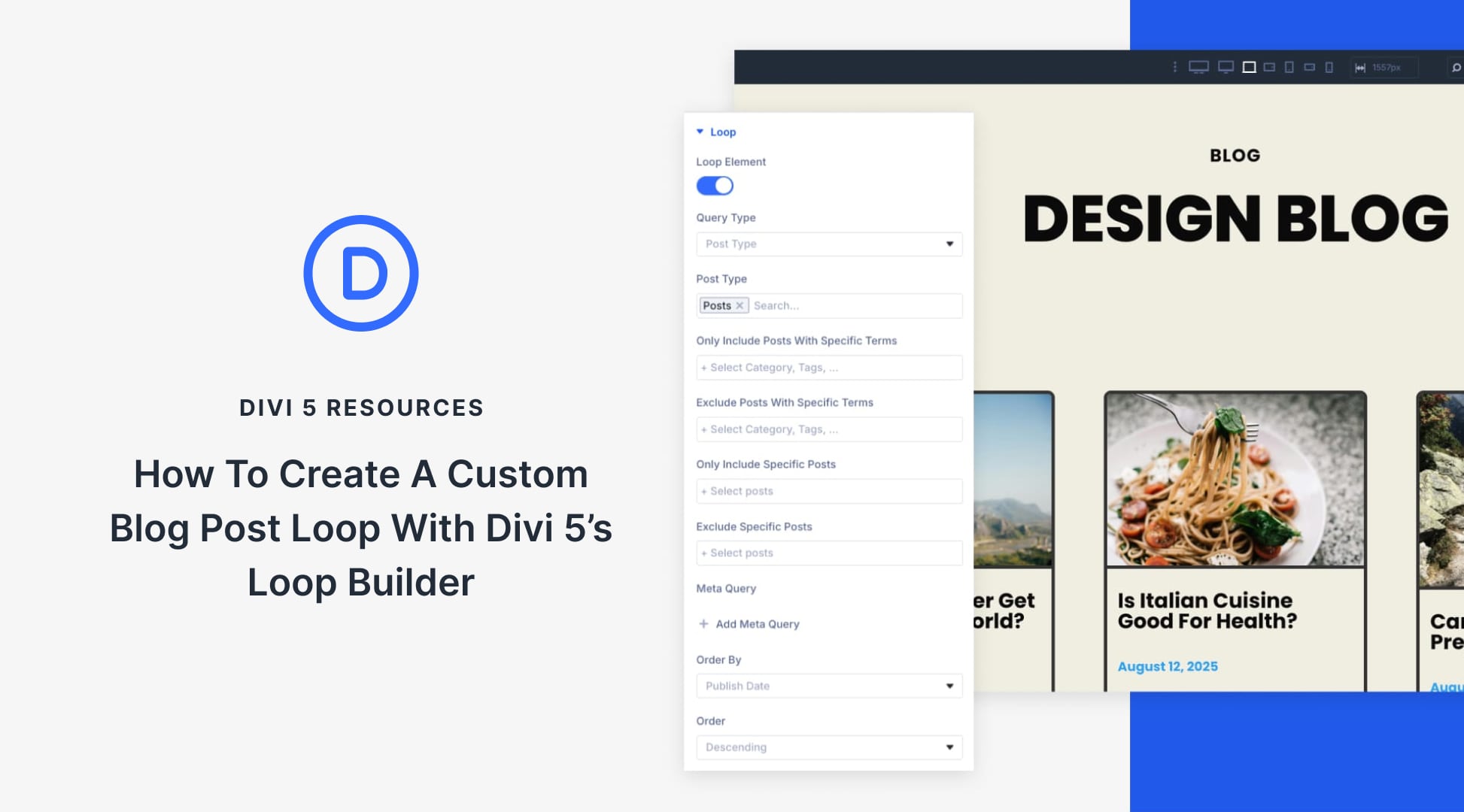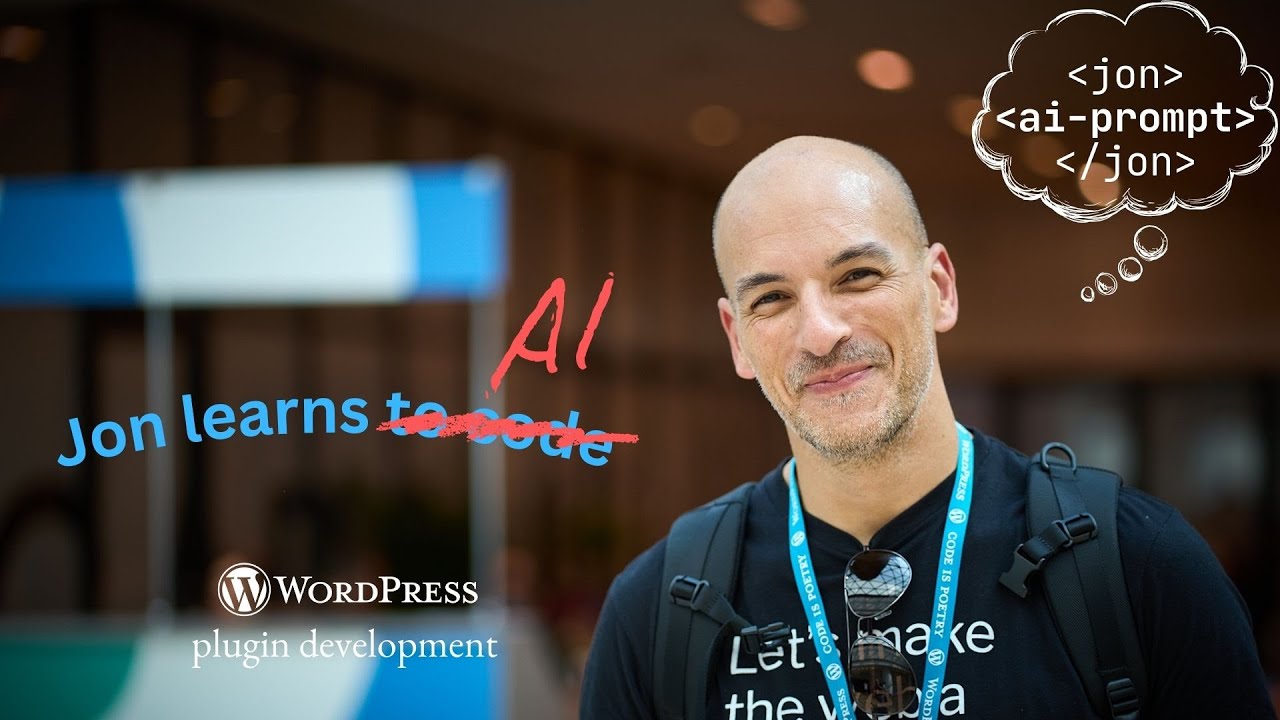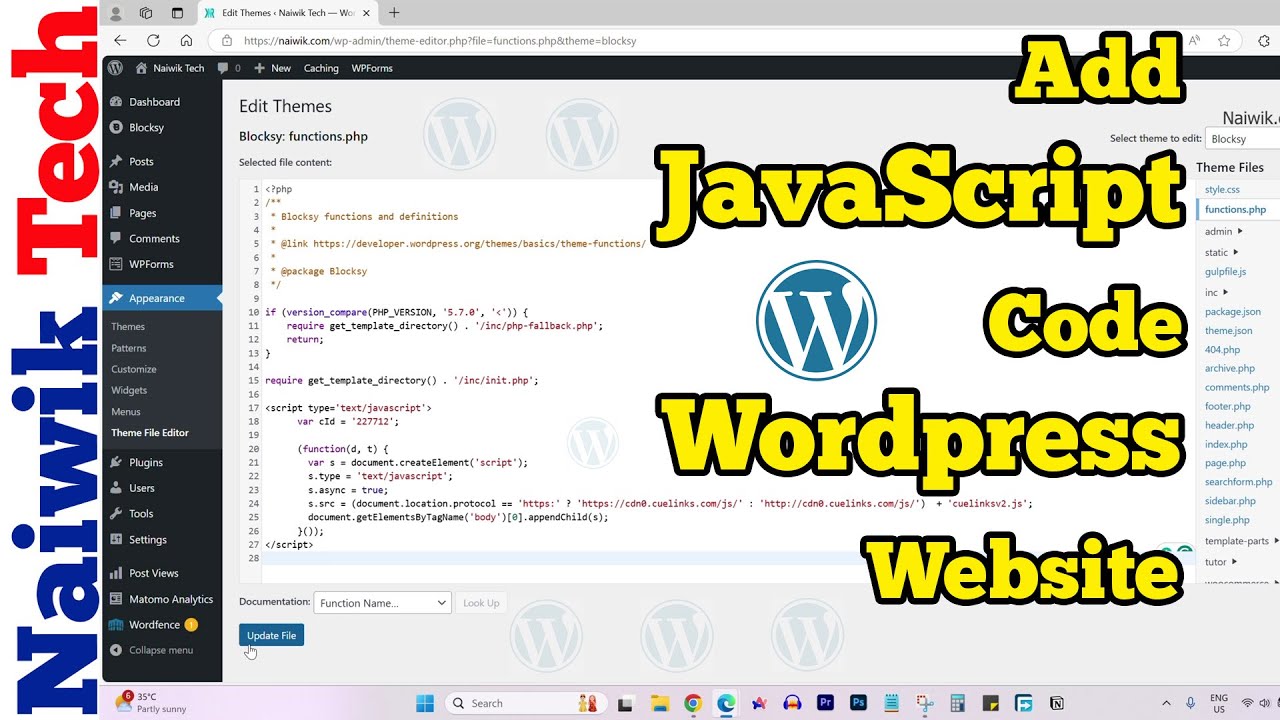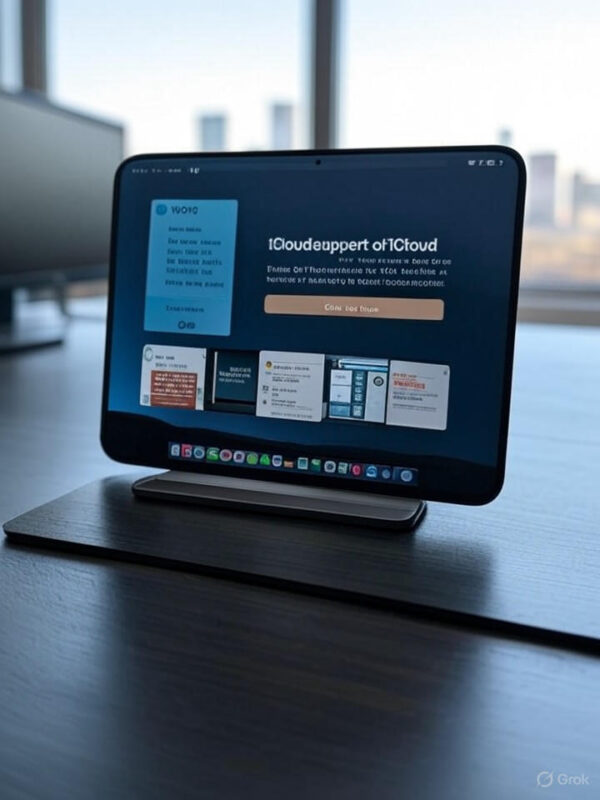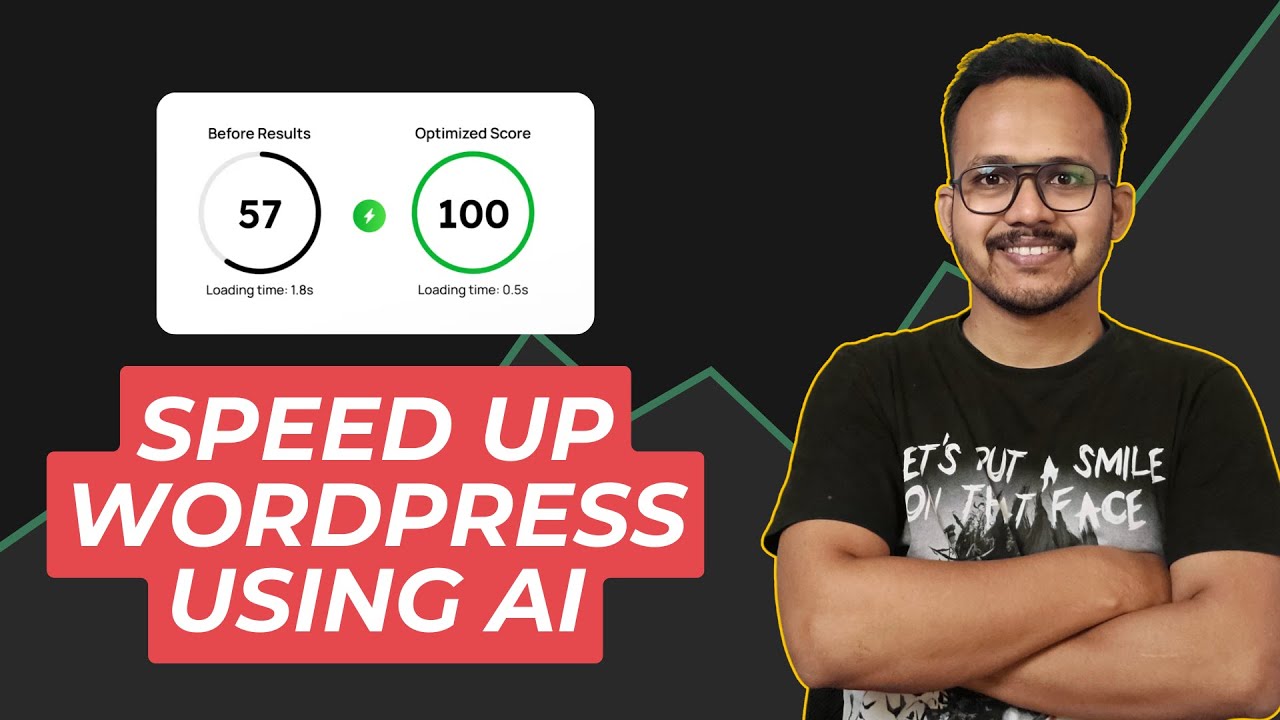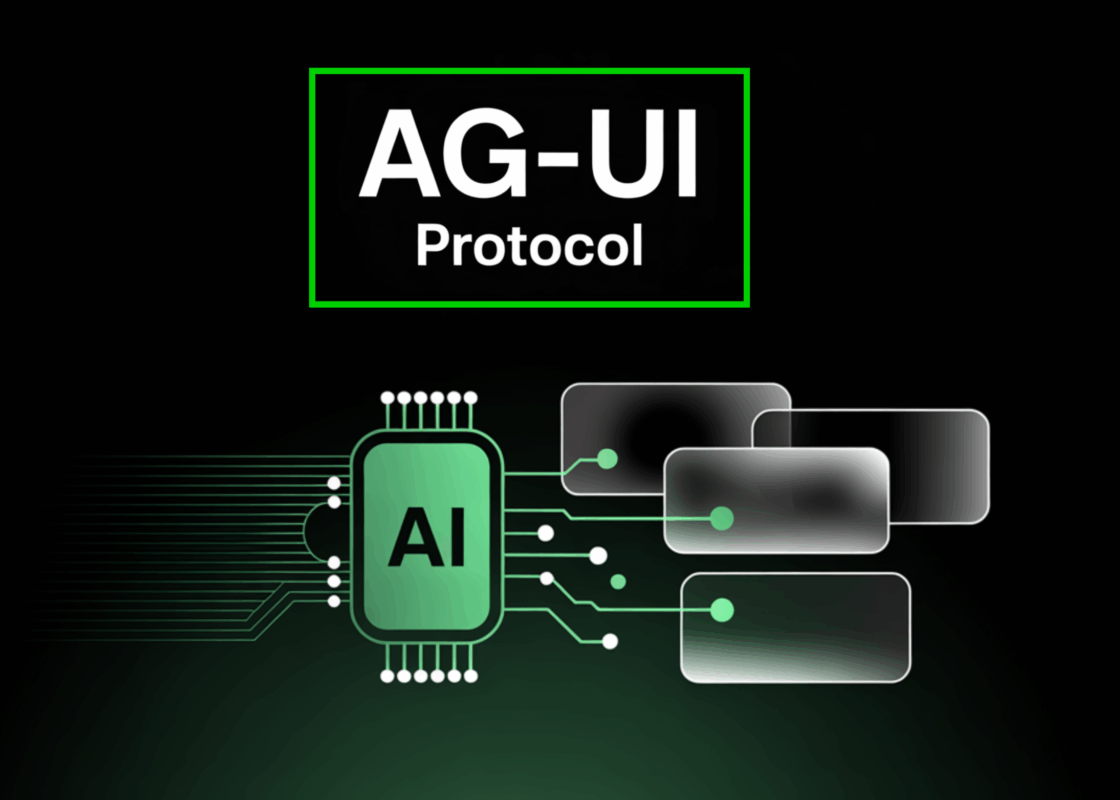Blog
Understanding the Loop Builder in Divi 5
Divi 5 has revolutionized the way we build websites with its intuitive Loop Builder. This powerful tool allows you to create custom blog post loops efficiently, enhancing your site’s aesthetic appeal while giving you complete control over your content display. In this guide, we’ll walk through the steps to leverage the Loop Builder for crafting a tailored blog post loop.
What Is the Loop Builder?
The Loop Builder is a feature in Divi 5 that simplifies the process of designing dynamic post displays. Instead of sticking to static layouts, this tool empowers users to create engaging and custom loops for blog posts or any other custom post types. Whether you want to show recent articles, featured content, or specific categories, the Loop Builder makes it seamless.
Why Use Custom Blog Post Loops?
Custom blog post loops provide several advantages:
- Enhanced Customization: Tailor the presentation of your posts to align with your site’s branding and style.
- Improved User Engagement: A well-structured blog loop can draw in readers, encouraging them to explore more content.
- Dynamic Content Display: Change the content quickly based on categories, tags, or other parameters without rebuilding the entire layout.
Getting Started with Divi 5’s Loop Builder
Step 1: Accessing the Divi 5 Builder
To begin, navigate to your WordPress dashboard. Ensure you have Divi 5 installed and activated. Once you’re in the admin area, select the page where you want to create your custom blog post loop. Click on the “Enable Divi Builder” button.
Step 2: Adding a New Section
Once the Divi Builder is activated, you can add a new section. Click on the "+" button to insert a new section. Choose “Regular Section” from the available options. This section will hold your custom blog post loop.
Step 3: Inserting a Loop Module
Inside the section you’ve created, add a new module by clicking the "+" icon again. From the list of modules, find the "Loop" module. This is the heart of your blog post customization, where you can define how posts will be displayed.
Configuring Your Post Loop
Step 4: Choosing Post Type
In the Loop module settings, you’ll first need to select the post type you wish to display. If you’re focusing on blog posts, choose the "Posts" option. This selection influences how the content is retrieved and displayed.
Step 5: Setting Query Parameters
Next, set the query parameters to define what content will appear in your loop. You have several options here:
- Categories: Limit the display to specific categories.
- Tags: Filter posts by tags to show relevant content.
- Author: Display posts from particular authors if your site hosts multiple writers.
Step 6: Design Customization
Once you’ve set the query, it’s time to explore the design options. The Loop Builder includes numerous customization features, allowing you to adjust:
- Layout Style: Choose between grid, masonry, or list layouts depending on your visual preferences.
- Post Elements: Decide which elements to show, such as titles, thumbnails, meta information, and excerpts.
- Spacing and Alignment: Modify margins and padding to ensure a clean and professional look.
Adding Unique Touches
Step 7: Utilizing Custom CSS
If you want to fine-tune your blog post loop beyond the built-in options, Divi allows you to add custom CSS. This feature is perfect for those familiar with coding who wish to make unique alterations to styling.
Step 8: Previewing Your Work
Before you finalize the design, use the preview function to see how your blog post loop appears. This step is crucial for ensuring your changes look cohesive across different devices.
Finalizing and Publishing
Step 9: Saving Your Loop
After you’re satisfied with the configuration and design, click the “Save” button to store your loop settings. This action will apply the customizations you’ve set and prepare your blog post loop for publication.
Step 10: Testing the Live Version
Now, it’s time to publish your page. Visit the live site to verify that the blog post loop appears as expected. Testing on various devices will ensure that your layout remains responsive and user-friendly.
Best Practices for Blog Post Loops
To maximize the effectiveness of your custom blog post loops, consider the following:
- Limit Post Count: Displaying too many posts can overwhelm visitors. A range of five to ten posts often strikes the right balance.
- Utilize Featured Images: High-quality images draw attention. Ensure your posts have captivating featured images to enhance visual appeal.
- Focus on Readability: Use appropriate fonts and sizes to ensure that text remains legible across all devices.
Troubleshooting Common Issues
If you encounter issues during your setup, here are some common problems and solutions:
- Posts Not Displaying: Double-check the query parameters to ensure they align with published content.
- Design Not Reflecting Changes: Ensure you’ve saved all changes and clear any caching plugins that may affect the display.
Conclusion
Creating a custom blog post loop with Divi 5’s Loop Builder opens up endless possibilities for enhancing your website. By following the steps outlined above, you can craft a dynamic and engaging presentation of your content that aligns with your site’s style and engages your audience effectively. Whether you are a seasoned designer or a beginner website owner, mastering the Loop Builder is a valuable skill that can elevate your online presence.
Elementor Pro
PixelYourSite Pro
Rank Math Pro
Related posts
Building a WordPress Plugin | Jon learns to code with AI
How to add custom Javascript code to WordPress website
6 Best FREE WordPress Contact Form Plugins In 2025!
Solve Puzzles to Silence Alarms and Boost Alertness
Conheça AI do WordPress para construção de sites
WordPress vs Shopify: The Ultimate Comparison for Online Store Owners | Shopify Tutorial
Apple Ends iCloud Support for iOS 10, macOS Sierra on Sept 15, 2025
How to Speed up WordPress Website using AI 🔥(RapidLoad AI Plugin Review)
Bringing AI Agents Into Any UI: The AG-UI Protocol for Real-Time, Structured Agent–Frontend Streams
Web Hosting vs WordPress Web Hosting | The Difference May Break Your Site
Google Lays Off 200+ AI Contractors Amid Unionization Disputes
MIT’s LEGO: A Compiler for AI Chips that Auto-Generates Fast, Efficient Spatial Accelerators
Products
-
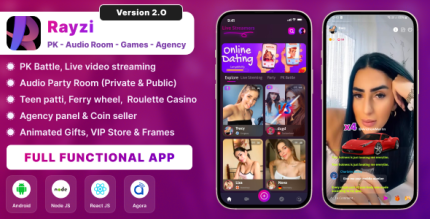 Rayzi : Live streaming, PK Battel, Multi Live, Voice Chat Room, Beauty Filter with Admin Panel
Rayzi : Live streaming, PK Battel, Multi Live, Voice Chat Room, Beauty Filter with Admin Panel
$98.40Original price was: $98.40.$34.44Current price is: $34.44. -
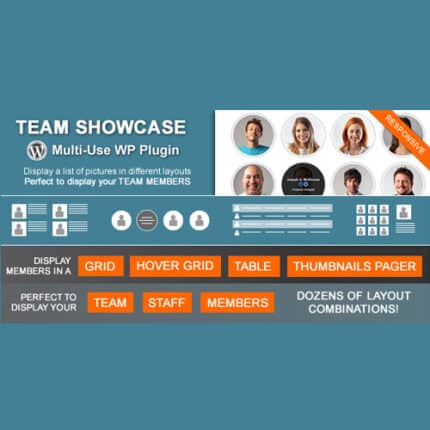 Team Showcase – WordPress Plugin
Team Showcase – WordPress Plugin
$53.71Original price was: $53.71.$4.02Current price is: $4.02. -
 ChatBot for WooCommerce – Retargeting, Exit Intent, Abandoned Cart, Facebook Live Chat – WoowBot
ChatBot for WooCommerce – Retargeting, Exit Intent, Abandoned Cart, Facebook Live Chat – WoowBot
$53.71Original price was: $53.71.$4.02Current price is: $4.02. -
 FOX – Currency Switcher Professional for WooCommerce
FOX – Currency Switcher Professional for WooCommerce
$41.00Original price was: $41.00.$4.02Current price is: $4.02. -
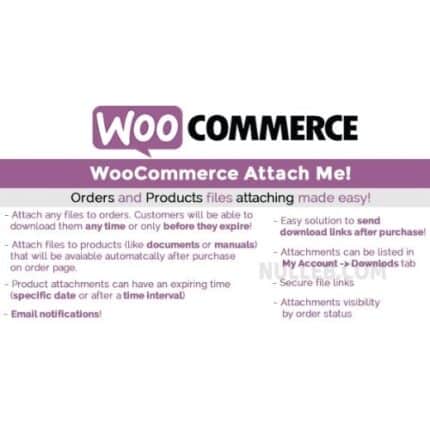 WooCommerce Attach Me!
WooCommerce Attach Me!
$41.00Original price was: $41.00.$4.02Current price is: $4.02. -
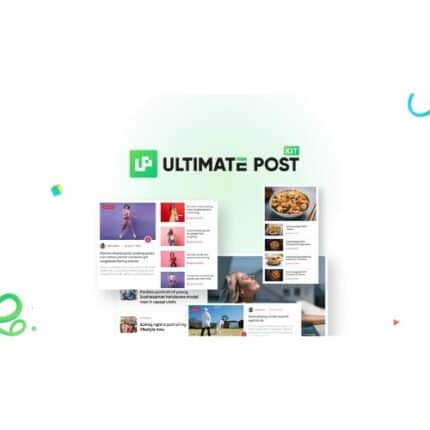 Ultimate Post Kit Pro
Ultimate Post Kit Pro
$53.71Original price was: $53.71.$3.69Current price is: $3.69. -
 Magic Post Thumbnail Pro
Magic Post Thumbnail Pro
$53.71Original price was: $53.71.$3.69Current price is: $3.69. -
 Bus Ticket Booking with Seat Reservation PRO
Bus Ticket Booking with Seat Reservation PRO
$53.71Original price was: $53.71.$4.02Current price is: $4.02. -
 GiveWP + Addons
GiveWP + Addons
$53.71Original price was: $53.71.$3.85Current price is: $3.85. -
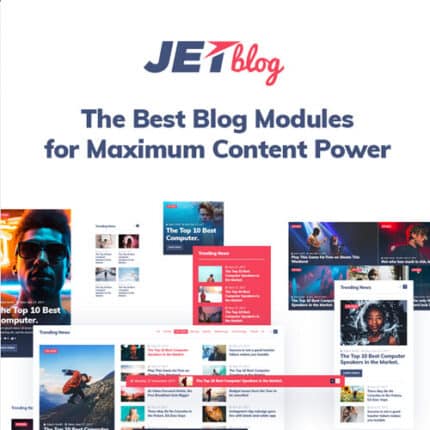 JetBlog – Blogging Package for Elementor Page Builder
JetBlog – Blogging Package for Elementor Page Builder
$53.71Original price was: $53.71.$4.02Current price is: $4.02. -
 ACF Views Pro
ACF Views Pro
$62.73Original price was: $62.73.$3.94Current price is: $3.94. -
 Kadence Theme Pro
Kadence Theme Pro
$53.71Original price was: $53.71.$3.69Current price is: $3.69. -
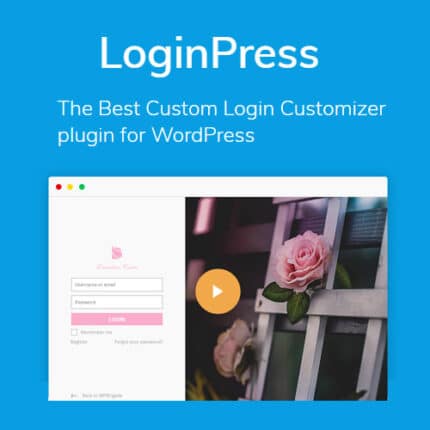 LoginPress Pro
LoginPress Pro
$53.71Original price was: $53.71.$4.02Current price is: $4.02. -
 ElementsKit – Addons for Elementor
ElementsKit – Addons for Elementor
$53.71Original price was: $53.71.$4.02Current price is: $4.02. -
 CartBounty Pro – Save and recover abandoned carts for WooCommerce
CartBounty Pro – Save and recover abandoned carts for WooCommerce
$53.71Original price was: $53.71.$3.94Current price is: $3.94. -
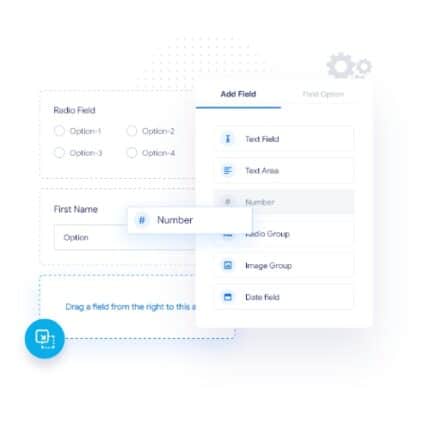 Checkout Field Editor and Manager for WooCommerce Pro
Checkout Field Editor and Manager for WooCommerce Pro
$53.71Original price was: $53.71.$3.94Current price is: $3.94. -
 Social Auto Poster
Social Auto Poster
$53.71Original price was: $53.71.$3.94Current price is: $3.94. -
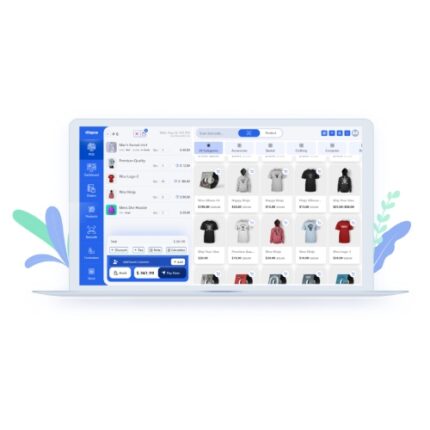 Vitepos Pro
Vitepos Pro
$53.71Original price was: $53.71.$12.30Current price is: $12.30. -
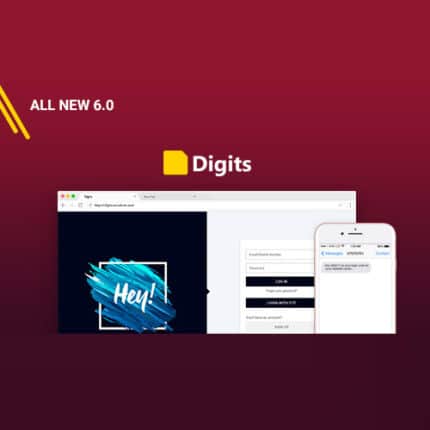 Digits : WordPress Mobile Number Signup and Login
Digits : WordPress Mobile Number Signup and Login
$53.71Original price was: $53.71.$3.94Current price is: $3.94. -
 JetEngine For Elementor
JetEngine For Elementor
$53.71Original price was: $53.71.$3.94Current price is: $3.94. -
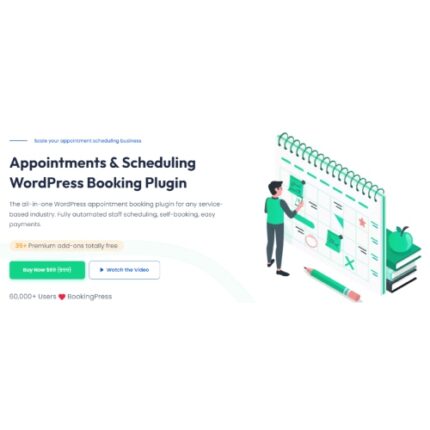 BookingPress Pro – Appointment Booking plugin
BookingPress Pro – Appointment Booking plugin
$53.71Original price was: $53.71.$3.94Current price is: $3.94. -
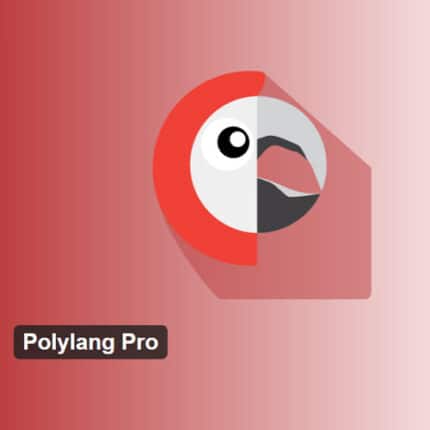 Polylang Pro
Polylang Pro
$53.71Original price was: $53.71.$3.94Current price is: $3.94. -
 All-in-One WP Migration Unlimited Extension
All-in-One WP Migration Unlimited Extension
$53.71Original price was: $53.71.$3.94Current price is: $3.94. -
 Essential Addons for Elementor – Pro
Essential Addons for Elementor – Pro
$53.71Original price was: $53.71.$3.94Current price is: $3.94. -
 Slider Revolution Responsive WordPress Plugin
Slider Revolution Responsive WordPress Plugin
$53.71Original price was: $53.71.$4.51Current price is: $4.51. -
 Advanced Custom Fields (ACF) Pro
Advanced Custom Fields (ACF) Pro
$53.71Original price was: $53.71.$3.94Current price is: $3.94. -
 Gillion | Multi-Concept Blog/Magazine & Shop WordPress AMP Theme
Rated 4.60 out of 5
Gillion | Multi-Concept Blog/Magazine & Shop WordPress AMP Theme
Rated 4.60 out of 5$53.71Original price was: $53.71.$5.00Current price is: $5.00. -
 Eidmart | Digital Marketplace WordPress Theme
Rated 4.70 out of 5
Eidmart | Digital Marketplace WordPress Theme
Rated 4.70 out of 5$53.71Original price was: $53.71.$5.00Current price is: $5.00. -
 Phox - Hosting WordPress & WHMCS Theme
Rated 4.89 out of 5
Phox - Hosting WordPress & WHMCS Theme
Rated 4.89 out of 5$53.71Original price was: $53.71.$5.17Current price is: $5.17. -
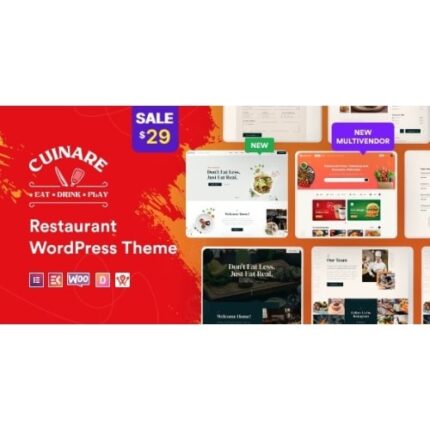 Cuinare - Multivendor Restaurant WordPress Theme
Rated 4.14 out of 5
Cuinare - Multivendor Restaurant WordPress Theme
Rated 4.14 out of 5$53.71Original price was: $53.71.$5.17Current price is: $5.17.
